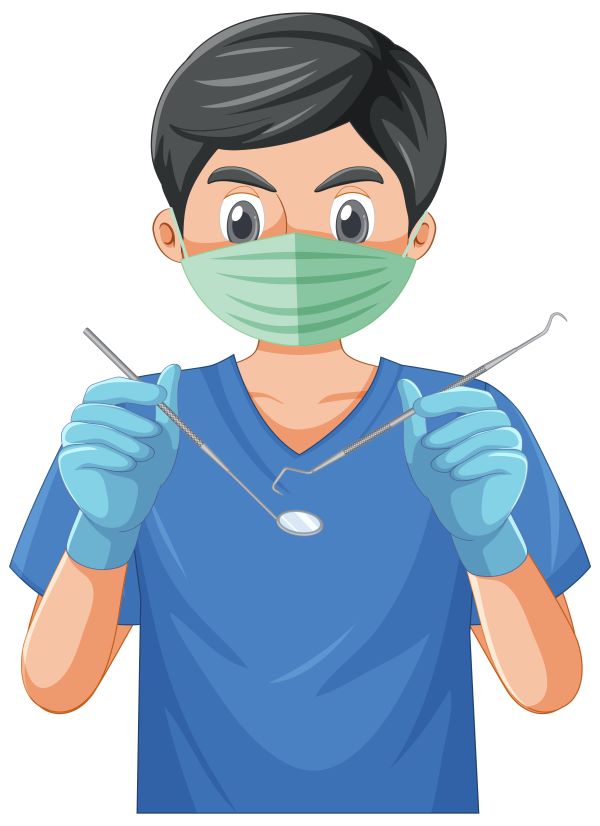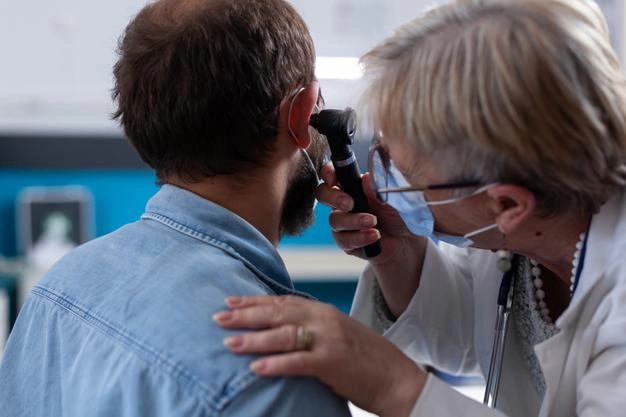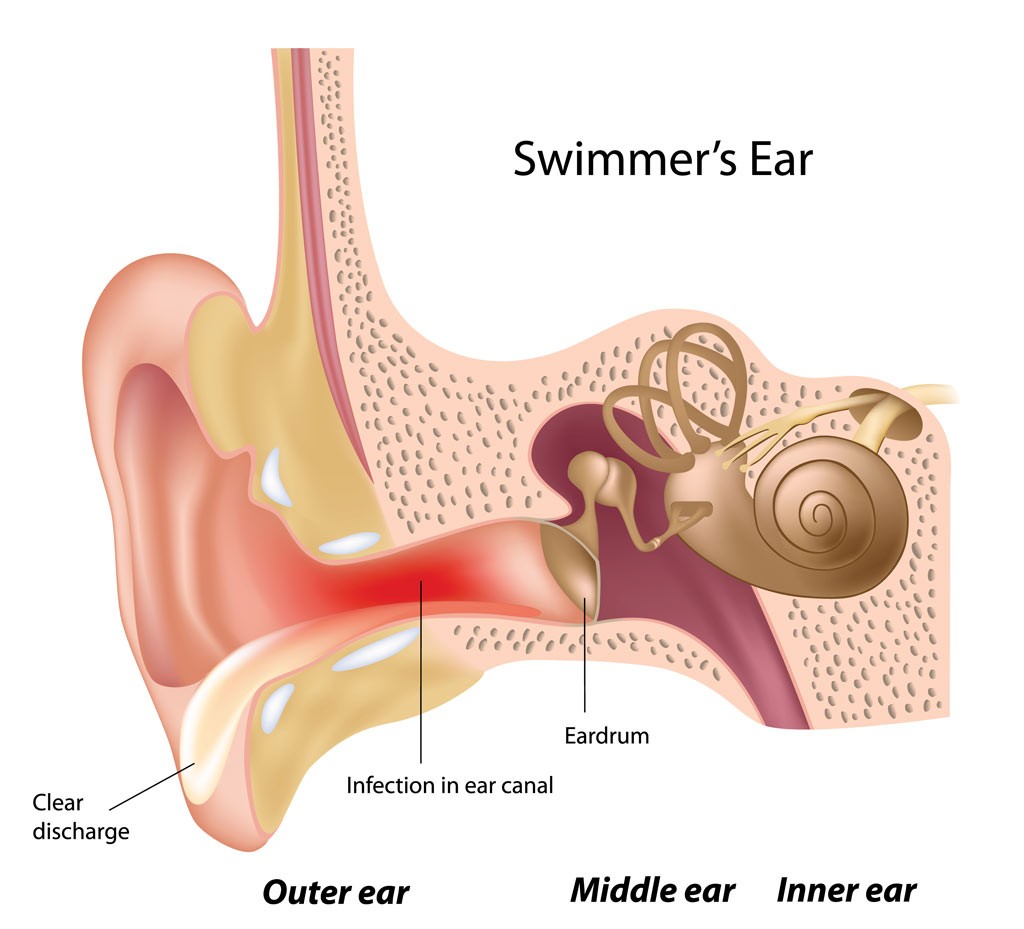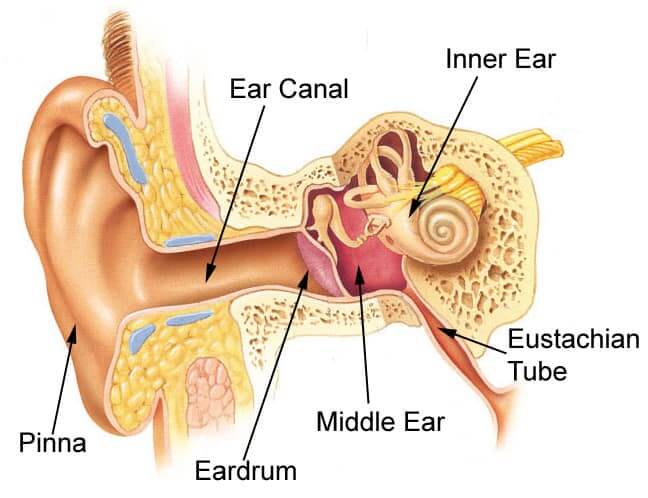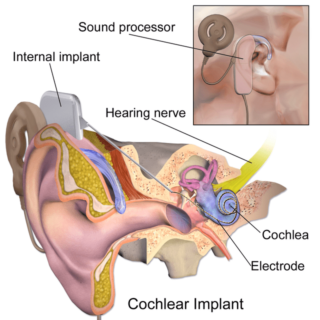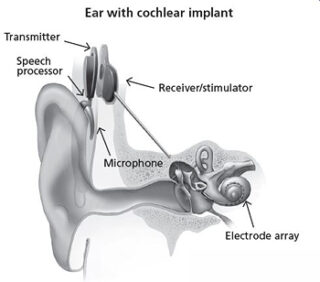 Introduction: Welcome to our comprehensive guide on nose care, where we delve into the intricacies of maintaining optimal nasal health. Your nose is not only essential for the sense of smell but also plays a crucial role in breathing and overall well-being. Today, we’re fortunate to have insights from Dr. Rahul Agarwal, a distinguished expert from Ahri Hospital in Gwalior, shedding light on the importance of nose care and practical tips for maintaining nasal health.
Introduction: Welcome to our comprehensive guide on nose care, where we delve into the intricacies of maintaining optimal nasal health. Your nose is not only essential for the sense of smell but also plays a crucial role in breathing and overall well-being. Today, we’re fortunate to have insights from Dr. Rahul Agarwal, a distinguished expert from Ahri Hospital in Gwalior, shedding light on the importance of nose care and practical tips for maintaining nasal health.
Understanding the Significance of Nose Care: The nose is a remarkable organ with multifaceted functions. Apart from its olfactory role in detecting scents, it acts as a primary gateway for air into our respiratory system. Thus, its health directly impacts our breathing and overall health. Dr. Rahul Agarwal emphasizes the significance of nose care in preventing various respiratory issues and ensuring optimal well-being.
Common Nose Care Practices: Dr. Agarwal stresses the importance of adopting healthy habits to maintain nasal health. These include:
- Proper Hygiene: Regularly washing your hands and avoiding touching your nose can prevent the spread of infections. Additionally, gently cleaning the nostrils with saline solution can help remove debris and reduce the risk of infections.
- Humidification: Keeping the nasal passages moist is crucial, especially in dry climates or during the winter months. Using a humidifier at home can help maintain adequate humidity levels, preventing nasal dryness and irritation.
- Avoiding Irritants: Exposure to irritants like smoke, pollutants, and strong chemicals can irritate the nasal passages, leading to inflammation and congestion. Minimizing exposure to such substances can significantly benefit nasal health.
- Nasal Irrigation: Nasal irrigation using a saline solution or a neti pot can effectively flush out mucus and allergens, providing relief from congestion and promoting clear nasal passages.
- Proper Nutrition: A balanced diet rich in vitamins and minerals, particularly vitamin C and zinc, can strengthen the immune system and promote nasal health.
- Seeking Professional Help: Persistent nasal symptoms such as congestion, recurrent infections, or nosebleeds should not be ignored. Consulting a healthcare professional, like Dr. Rahul Agarwal at Ahri Hospital, is essential for accurate diagnosis and treatment.
Expert Insights from Dr. Rahul Agarwal: As a seasoned otolaryngologist at Ahri Hospital, Dr. Rahul Agarwal emphasizes the importance of personalized care for nasal health. He emphasizes the following key points:
- Individualized Treatment Plans: Every patient is unique, and their nasal care needs may vary. Dr. Agarwal emphasizes the importance of tailoring treatment plans to address specific concerns and conditions effectively.
- Advanced Diagnostic Techniques: With access to state-of-the-art diagnostic tools and equipment at Ahri Hospital, Dr. Agarwal ensures accurate diagnoses, allowing for targeted and efficient treatment strategies.
- Comprehensive Care Approach: Dr. Agarwal and his team at Ahri Hospital prioritize holistic care, considering not only the physical but also the emotional and psychological aspects of nasal health.
Conclusion: In conclusion, proper nose care is essential for maintaining optimal respiratory health and overall well-being. By adopting healthy habits, seeking professional guidance when needed, and prioritizing personalized care, you can ensure your nose remains in top condition. With expertise from professionals like Dr. Rahul Agarwal at Ahri Hospital, Gwalior, you can embark on a journey towards better nasal health and a higher quality of life.


 In the bustling landscape of healthcare, certain specialists stand out for their dedication, expertise, and unwavering commitment to patient well-being. Dr. S. R. Agarwal is one such luminary in the realm of Ear, Nose, and Throat (ENT) care. With a profound understanding of the intricate mechanisms of the head and neck, Dr. Agarwal has become a beacon of hope for countless individuals seeking relief from ailments affecting these vital sensory organs.
In the bustling landscape of healthcare, certain specialists stand out for their dedication, expertise, and unwavering commitment to patient well-being. Dr. S. R. Agarwal is one such luminary in the realm of Ear, Nose, and Throat (ENT) care. With a profound understanding of the intricate mechanisms of the head and neck, Dr. Agarwal has become a beacon of hope for countless individuals seeking relief from ailments affecting these vital sensory organs.